Meet the Flaks behind Flaks Studio: AIGA Arizona’s Best of 2021

Each year the rallying cry “Show us your best!” is heard throughout our desert land, and creatives from near and far submit their latest work. This past October, we captured the year’s efforts of Arizona designers in a virtual showcase during Phoenix Design Week 2021. Our annual “Best Of” design showcase is unlike traditional shows: there are no judges or juries—in a “people’s choice” vote, attendees vote for their favorite projects each day during Phoenix Design Week. The entry that receives the most votes earns Best Of accolades for the designer, along with a pass to the next year’s event, and a feature article (like this one).
The AIGA Best of 2021 and the Legacy Archive
For 2021, we received 53 submissions from designers all over Arizona, and when the 456 votes were tallied, the winning submission was the clean, clear, and conceptually tight infographics design for a vehicle logistics company by Jennifer Flaks. Her work will be added to the AIGA Legacy Archive, a trove of our local best since 2014.
I spent an afternoon getting to know more about the Jennifer that is Flaks Studio:

Jennifer Flaks has an incredible brain. How does an active theatre professional end up in finance, mix them together somehow, and end up running a successful graphic design business?
According to Jen, the answer is to set your parameters for what you really want to do, and go slowly.
I got really clear on my parameters. And—however the universe works—the clients came.
Flaks Studio is a thriving business because Jen has done the work of identifying her strengths and matching them to her passion. It helps that she rocks both hemispheres of that brain with a creative and a business background. Maybe the most important thing, however, is her appetite for learning, and commitment to taking the time to make her efforts at learning grow into solid assets for her creative practice.

BEST OF 2021
I spoke with Jen on the occasion of her winning submission to Phoenix Design Week Best of 2021. Her infographic design for ACERTUS, a vehicle logistics company, is a brilliant solution for getting industry-specific information delivered in a quick and informative way.
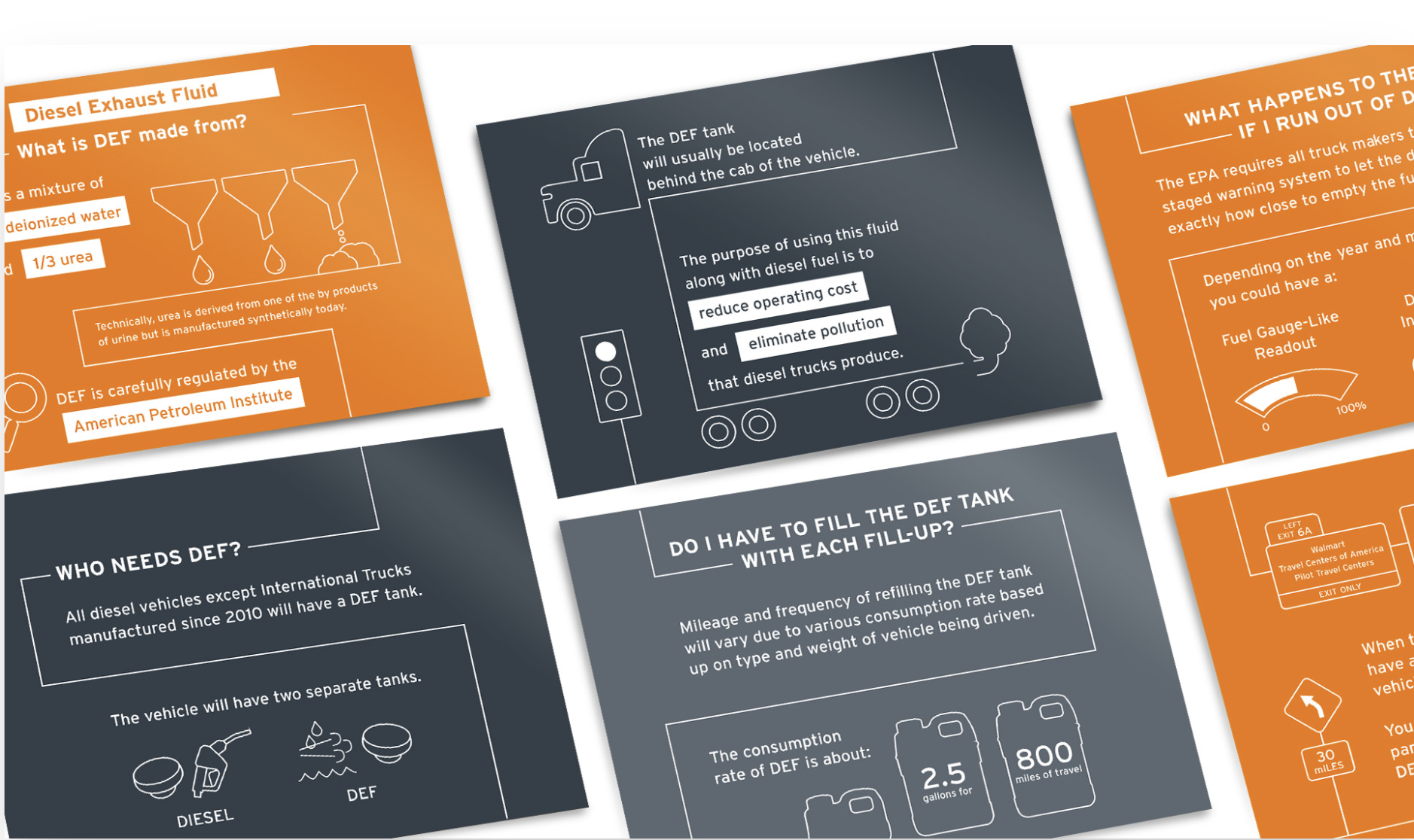
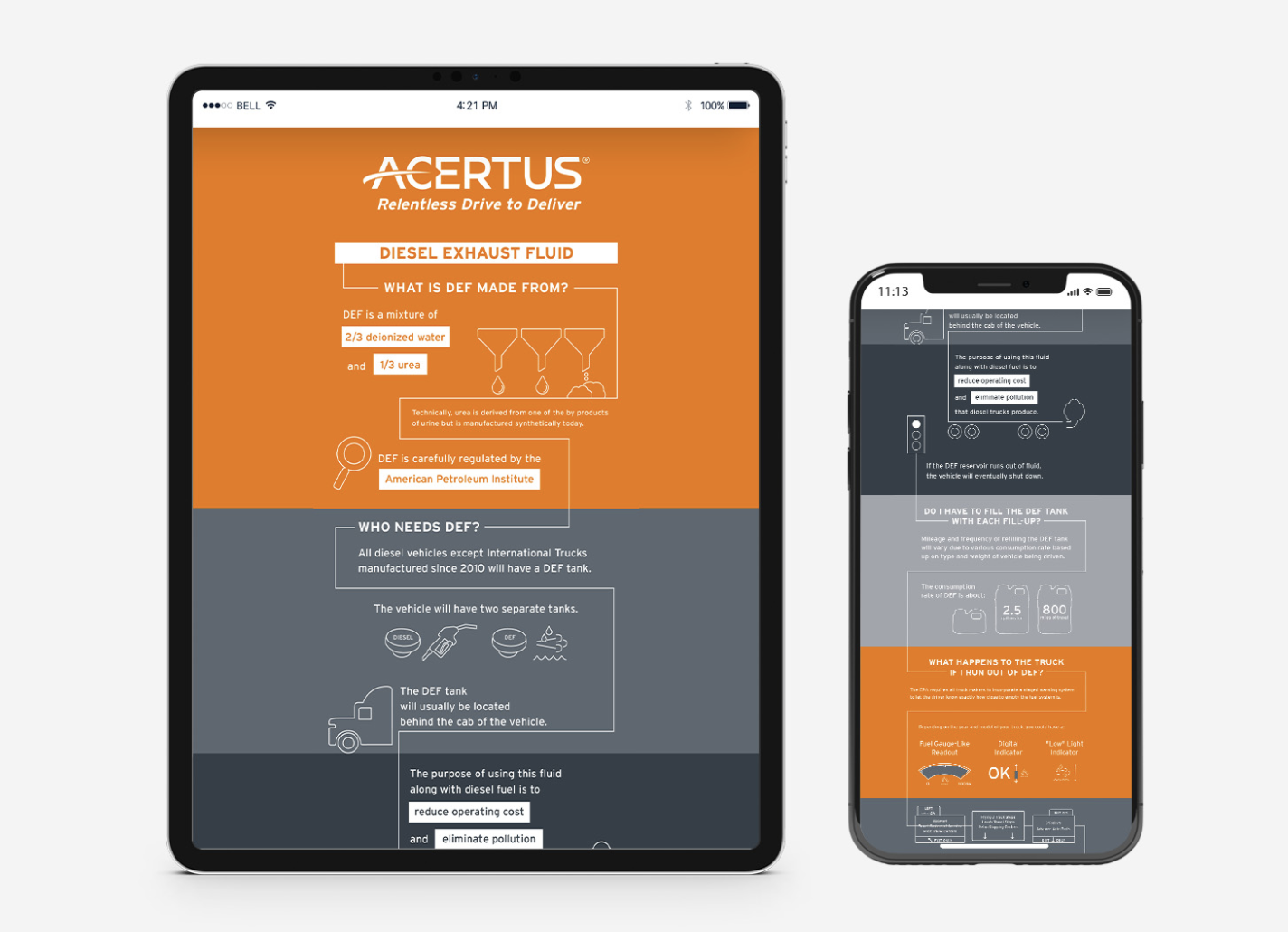
Can you tell me about this project? I really love how you created a sort of visual/informational texture by keeping the graphics in a line art style—with the “road” as part of that texture, linking the entire composition together. The ultra-clean text is very even and contrasts with the key thoughts, highlighted in the white boxed text. (I love that the font is Interstate, for a vehicle logistics company.) The two-color palette keeps everything super clear and simple. Are you like the Edward Tufte of the desert, or what? LOL
I had been working with ACERTUS for about a year when they reached out about this project, so we had already had the chance to really build trust. When you have that kind of relationship, they can send over a bunch of text and say, “can you make it pretty?” and you don’t lose your mind.
This is what I love to do. I love taking stuff that is very heavy and making it something that is digestible.
ACERTUS is a technology company that solves pain points throughout the vehicle logistics process. That’s transporting vehicles, storage, registration, maintenance and delivery. So for this, I thought about the kinds of visuals that emerge along that transportation chain. Car and trucks, of course, but also fueling stations, dashboard panels and highway signs. Then it was about figuring out how to make it cohesive. This is where the idea of a road emerged, using a line to connect the sections and also to guide the viewer through the information. This is actually something that is now incorporated as an element in all of their designs.


The next challenge was breaking this into dimensions that could be used as Facebook posts. That’s where the color-blocking was added, and the layout was fine-tuned.
Many of my clients have defined branding guidelines which often include a single font and just a few colors. At times, that can feel restrictive, but for this piece, I think it helped keep the design clean and easy to follow.
Do you consider infographics to be a specialty?
I’d say I’m a generalist, but yes, infographics are what clients often seek me out to work on, and what I most love to design. It’s also what was so enjoyable about the work I did with the NFL. Sports marketing is very statistics-driven, so there was always plenty of data to visualize.
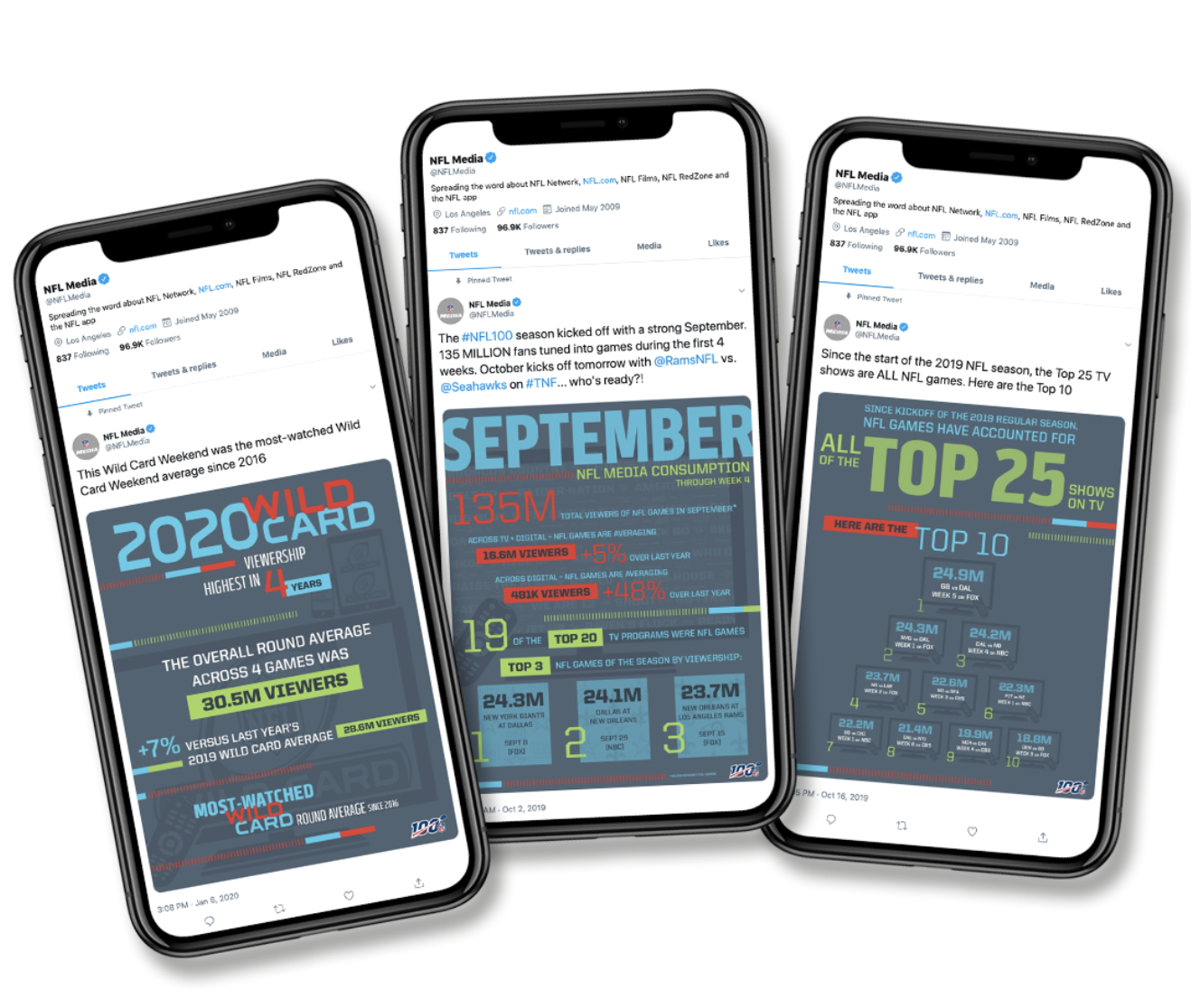
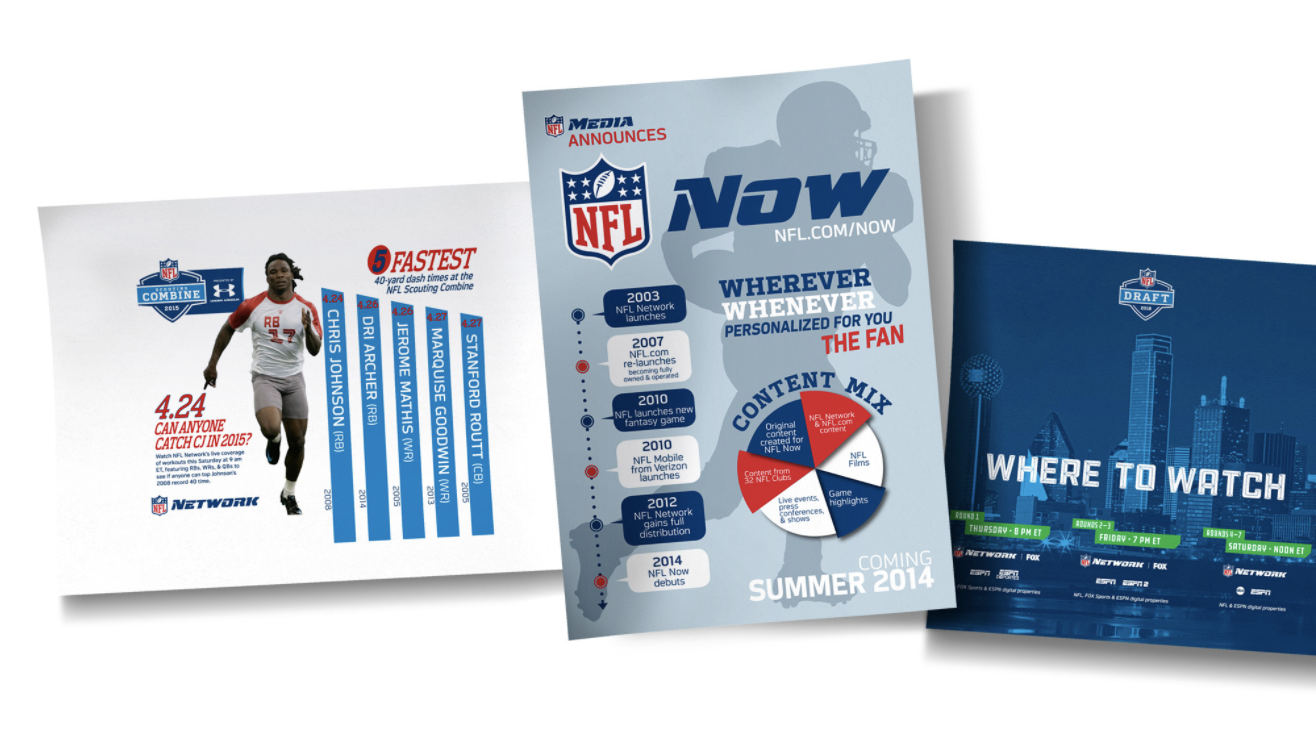
The layout design for the Global Environment Technology Fund is very harmonious; the color palette works so well with the images. Looks like you got to work with some great photography
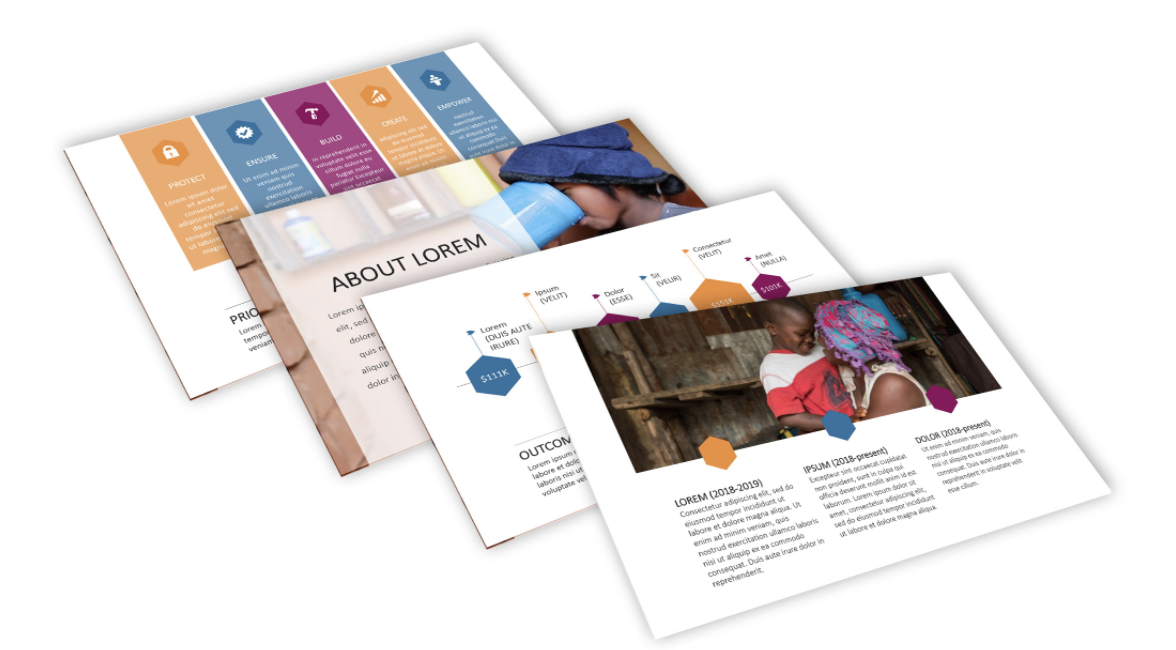
GETF works to enhance sustainability efforts and entrepreneurship around the world, and they have a huge trove of amazing photography that they hadn’t taken full advantage of. We updated some of their marketing materials, using the images as central elements of the design and creating palettes from their vibrant colors. Of course, we also designed an infographic for their annual report.
I love working with nonprofits and try to take on a few pro bono projects each year. Last year, one of the junior designers on my team and I participated in AIGA Arizona’s CreateAthon and developed promotional pieces for Tucson-based nonprofit, SARSEF.
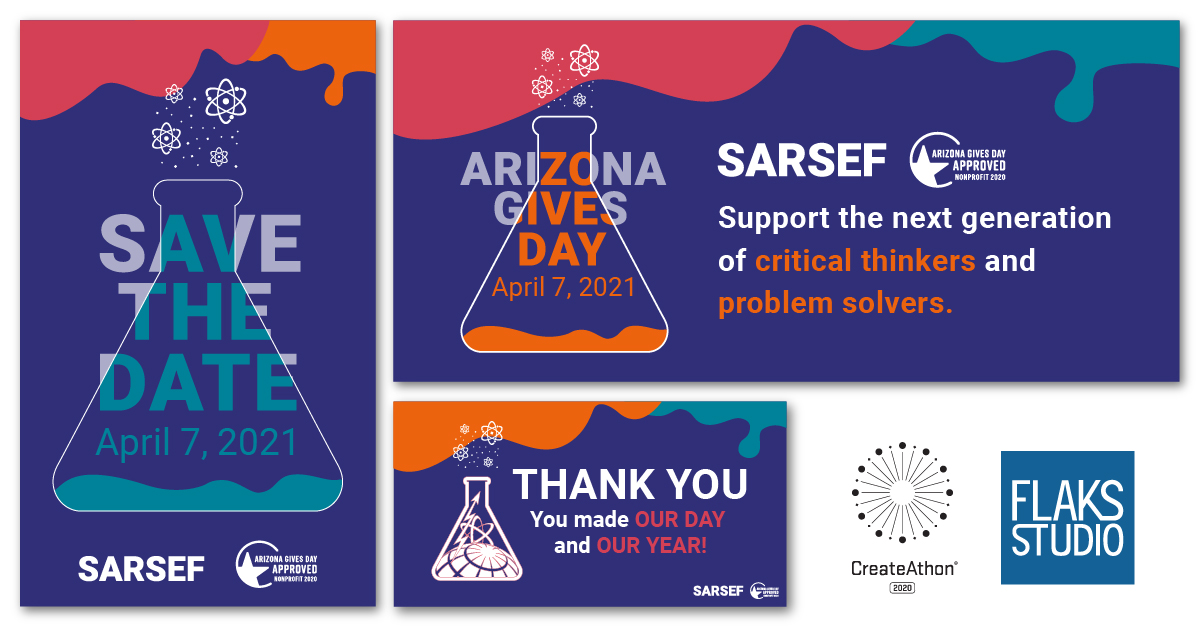
It seems simple and clear, on your about page, that your goal for your clients is to position yourself as a remote consultant functioning as an in-house design partner. Do you have any special method of finding these longer-term relationships?
About three years ago I started to really set parameters for what I wanted by realizing two important things. One, I don’t want to be a freelance designer who is brought in to design a one-off element for a project, hoping there will be more work in a couple years. I want to work with medium-size growth companies with at least one marketing professional on the team.
What I really like about this model is that I have the time to really invest in learning about the company.
Two, what I like most about working this way is having the time to really invest in learning about the company. Learning about the industry, its audience, clients and products, and then creating consistent visual messaging for all the platforms it uses to communicate. Working with a marketing person helps because they typically have the best understanding of how our work can support the business objectives of the company. That’s their world and they see how it all comes together.
That’s awesome. As soon as you can say what you need, the universe says, “here you go.” You’ve done the hardest work of just figuring out what you need.
Once I had set these parameters, it was easy to express what I could offer. A prospective client may reach out about one or two projects, and I can talk about the benefits of working together in this more cohesive way. We’ll start with that one project to make sure we’re a good fit, and then we continue on from there.


Tell me about your background, and coming into design.
I started acting with an Equity theater company when I was a teenager and eventually studied theatre in college. I co-wrote a version of the children’s show, Green Eggs and Hamlet, teaching kids Shakespeare, and toured around on my semester breaks to help pay for school.
After college, I moved to Chicago and became an apprentice with Joel Hall Dancers and auditioned for plays. Since none of this paid well, I worked a day job at a financial services firm. I went back to Missouri for a little while, got an agent in St. Louis and Kansas City, and would drive around for auditions while I was working full-time in finance.
Los Angeles is a creative city and I really, really missed creating.
I had the opportunity to travel to Los Angeles when I moved to another firm. I had just done a film with Jason Reitman, and I thought this would be a chance to really meet people and start building a film reel. Ultimately, I was working more and doing less acting. L.A. is a creative city and I really, really missed creating.
I was able to take some time off and figure out if I wanted to go all in with acting. I started taking online classes in Photoshop, InDesign, Illustrator and front-end coding, worked for a few clients and in 2011, I sort of “launched” and have been going ever since. I tried to get a job at an agency but was always told, “you don’t have a relevant degree or experience,” so I just built my own agency.
…so I just built my own agency.
Congratulations on getting out of L.A., by the way, and I’m glad you are liking it here.
Phoenix is a big city, and yet it feels so much smaller and more accessible.
So, what are you working on right now? And what are you setting your sights on for the future?
A few years ago, I decided I wanted to move from freelancing into running an agency. After working on my business planning, I realized that it’s important to go slowly. Since I never had the opportunity to work at an agency, I’m giving myself little grace periods to get to each part of growing a business. From interns to contractors to employees; bookkeeping; business development; self-promotion. IT’S A LOT! Ultimately, in five years I want to be sustainable enough to create a “give-back” arm of the business, to support designers from underserved communities.
I realized that it’s important to go slowly.
Are there any other projects that you want to mention?
We just did a really fun one. A client was having their first in-person employee event and wanted to make each attendee their own “baseball” card. We designed the front of the card with “stats” like their title, department, year they joined the company and their (self-submitted) photo. The back had information about their skills and expertise (“contact me for __”), their contact information and a fun fact which ranged from, “my first job was at a butcher shop” to “I played for the German national team in the Olympic stadium in Berlin.” We also designed an event badge with a visual reference to the event’s location and year, so we can create new editions each year. I guess these were their rookie cards. They used the cards for networking, so everyone got a pack of 25 and were instructed to swap cards for prizes. There were 130+ attendees so it was quite a project, but it was a huge success.
___
A big congratulations to Jennifer from the AIGA Arizona community!
See more from Jen at https://flaks.studio/
Contact Jennifer Flaks: jennifer@flaks.studio
